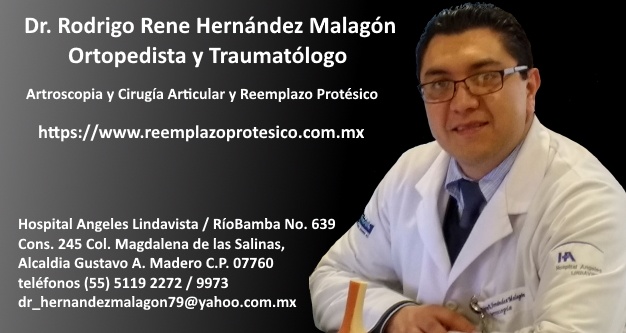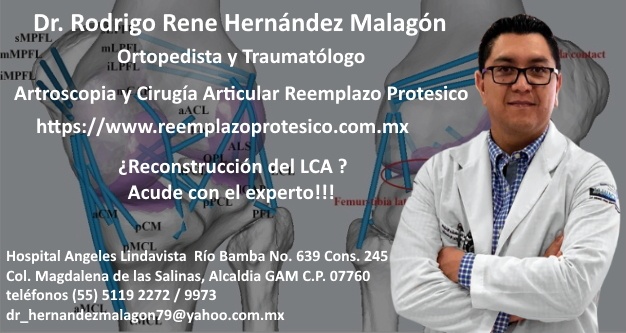La trampa extracelular de neutrófilos del líquido sinovial es un biomarcador de líquido sinovial novedoso e ideal para el diagnóstico de infección periprotésica de las articulaciones.
https://online.boneandjoint.org.uk/doi/full/10.1302/2046-3758.122.BJR-2022-0391.R1
Synovial fluid neutrophil extracellular trap is a novel and ideal synovial fluid biomarker for periprosthetic joint infection diagnosis.#BJR #Ortho #Patientshttps://t.co/mKGKQvU0Uq pic.twitter.com/jWonreMLnE
— Bone & Joint Research (@BoneJointRes) February 4, 2023
- Este estudio tuvo como objetivo explorar el valor diagnóstico de las trampas extracelulares de neutrófilos del líquido sinovial (SF-NET) en el diagnóstico de la infección de la articulación periprotésica (PJI), y compararlo con el del cultivo microbiano, la VSG sérica y la PCR, el recuento de glóbulos blancos sinoviales (WBC). y porcentaje de neutrófilos polimorfonucleares (PMN%).
- SF-NET es un biomarcador de líquido sinovial novedoso e ideal para el diagnóstico de IAP, que podría mejorar en gran medida el diagnóstico de IAP.
https://pubmed.ncbi.nlm.nih.gov/36718647/
https://online.boneandjoint.org.uk/doi/full/10.1302/2046-3758.122.BJR-2022-0391.R1
Cai Y, Liang J, Chen X, Zhang G, Jing Z, Zhang R, Lv L, Zhang W, Dang X. Synovial fluid neutrophil extracellular traps could improve the diagnosis of periprosthetic joint infection. Bone Joint Res. 2023 Feb;12(2):113-120. doi: 10.1302/2046-3758.122.BJR-2022-0391.R1. PMID: 36718647.
Open access funding
The authors report that they received open access funding for their manuscript from Key Research and Development Program of the Shaanxi Province (2022SF-192); Natural Science Foundation of Fujian Province (2022J011457); Quanzhou Science and Technology Plan Project (2021N061S).
© 2023 Author(s) et al. This is an open-access article distributed under the terms of the Creative Commons Attribution Non-Commercial No Derivatives (CC BY-NC-ND 4.0) licence, which permits the copying and redistribution of the work only, and provided the original author and source are credited. See https://creativecommons.org/licenses/by-nc-nd/4.0/


 Experto en lesiones articulares de hombro, rodilla, ligamentos, reemplazos articulares de cadera, rodilla, hombro. Artroscopia articular y Lesiones de cartilago.
Experto en lesiones articulares de hombro, rodilla, ligamentos, reemplazos articulares de cadera, rodilla, hombro. Artroscopia articular y Lesiones de cartilago.
